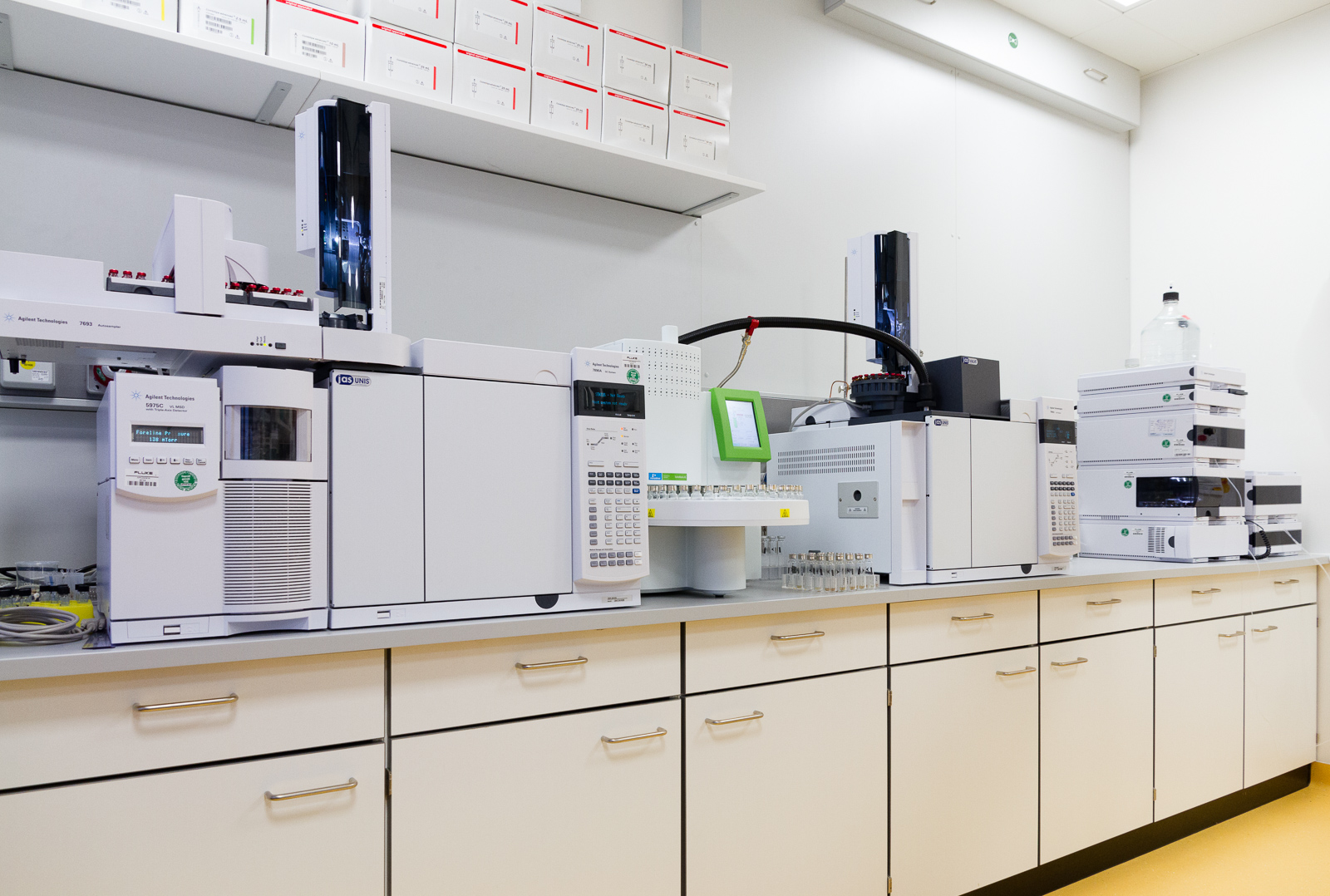Reliable and efficient analysis is essential for the development of new processes and the scaling of advanced procedures. Novel processes, tests and experiments require a fast analytical evaluation and demand a permanent adaptation of already established methods.
The analysis of natural substances such as lignocellulose, fermentation broths or even chemical reactor waters is characterized by a complex matrix of various impurities. To determine relevant components, HPLC and GC systems with various separation mechanisms and various detectors are used. In addition to routine analysis, assimilated methods, including novel method development, are therefore our daily business.
 Fraunhofer Center for Chemical-Biotechnological Processes CBP
Fraunhofer Center for Chemical-Biotechnological Processes CBP
